Every leader wants the best people possible working for them. Compensation is the most prominent and costly part of job design that directly impacts the bottom line in multiple ways. So not surprisingly line leaders pay inordinate attention to compensation when trying to maximize margins and performance. Yet there are many aspects of compensation that get lost or glossed over in the search for the perfect pay rate. Before your next heated conversation about how much to pay your people consider the following points.
Let ‘em eat Pi: Making sense of the HR analytics revolution
In honor of Pi Day (March 14), I decided this is a good time to channel Marie Antoinette and take stock of the current state of the HR analytics revolution. Just like with any revolution, the current state of HR analytics appears to have its share of zealous converts, soldiers and civilians, active resisters, and PR that obscures what’s really happening on the front lines. And perhaps the biggest question is whether it’s a genuine revolution that’s truly advancing the “national interests” of the business or a distraction that’s drawing attention away from where the real battles should be waged. As the risk of the analytics hoards storming the castle in protest, here are some personal reflections. (more…)
Benchmarking engagement and spans only is not strategic
Key insights:
- Benchmarking employee engagement, survey data, and spans of control is not strategic
- You have to embed that data in the larger context of work design and what drives organizational performance to truly understand what’s actionable and where you need more info to drive change in the right direction
Leaders love to benchmark, which is how they evaluate operational performance. So benchmark data play a central role in a lot of analytics carried out both in the business and by HR. (more…)
Those contradictory Millennials!
Who are Millennials and what do they really want? There are so many stereotypes and caricatures of Millennials, it’s hard to know what’s fact versus fiction.
In Jennifer Deal’s and my new book What Millennials Want From Work we take a look at the complete picture of what defines Millennials and their desires. The book is based on survey data from more than 25,000 Millennials and 29,000 people from other generations in 22 countries.
We find that some of what you’ve heard about Millennials is true – to a certain extent – but that most of the hype is just that: hype. What’s most interesting is the complex and seemingly contradictory picture of Millennials that emerges. This truly is a “both/and” generation that is both complex and much more dynamic than much of what you’ve heard. (more…)
Big data’s problems and potential: Beware statistical sirens
Businesses worldwide are in the midst of a data feast and statistical Renaissance. Data scientists are being hired at a rapid clip, the likes of which haven’t been seen since the launch of the Internet and the frenzied search to hire anyone who could do HTML programming and build web sites. Based on reports from the front lines of business analysis, it would appear safe to conclude that the promise of Big Data is being realized daily. But is it? (more…)
Strategic Analytics is a team sport
Right now senior leadership in both the business and in HR are leaving value on the table. We have to end the “business as usual,” nonintegrated way enterprise analytics and human capital analytics are conducted.
The lack of coordination is understandable at first glance. People are very busy: dividing business and HR process management and the accompanying analytics up into separate domains makes it easier to tackle the tasks. That way the leadership of the business and the leadership of HR stick to what they know best, including the analytics needed to monitor and assess progress. But the divide-and-conquer approach is precisely where things go wrong. (more…)
The Dangers of HR Data Mining
HR is becoming more and more data based and analytical. Yet the insights that we’re getting from the data are not increasing as quickly as the rapid proliferation of software tools, seminars, and people with “data scientist” titles. Why is that? A big part of the problem lies in the kinds of analysis we’re doing, with too much emphasis focused on techniques that appear to provide new insights, but which more often than not are a distraction: data mining and linkage analysis. (more…)
Choose impact, not process: Evaluate HR program intent, not just the design
In my previous post I argued that HR needs to stop focusing on “best practices” and making its processes world class. A related problem happens when it comes to evaluating how HR is doing, and what criteria should be used. The problem is that HR too often focuses on the programs as designed, not whether they really address what the business needs. Three examples illustrate this point: compensation, leadership development and competency models, and training and development.
Compensation. A key issue in evaluating an HR program is whether you evaluate the program’s design or its intent. For example, merit raises are supposed to motivate people to perform. The design goal of the program is to differentiate compensation based on performance, which is one target measurement. The program’s intent—providing increased motivation to perform—is separate and much more difficult to measure. (more…)
HR Perfect Processes are the Enemy of What’s Good for the Business
(a.k.a. Are You Helping to Improve Strategy Execution Where It’s Most Needed?)
For decades HR has been searching for the right ways to make strategic contributions to the business. I have my own opinions about how HR can do that, some of which are detailed below and in previous posts (for example, on HR scorecards and on measuring ROI). But even more important than what it should do is what it should not do. HR needs to stop obsessing over making HR processes world class.
The Right Way to Scorecard HR (Don’t Focus on Turnover and Safety)
The balanced scorecard has popularized the idea that organizations should regularly measure and monitor key metrics about people. And if there are data available that describe what is going on with the people in your organization, what’s the harm in reporting them? Isn’t more information better than less?
The answer is “yes and no.” Sticking your head in the sand and acting as if there are no data to inform human capital decisions ignores reality. But reporting HR data simply for the sake of sharing is not smart. If you present data without knowing its full value and how to act on it, you will create more problems than you solve. You need a model of what’s driving the behavior you’re observing and why you should care about it. (more…)










